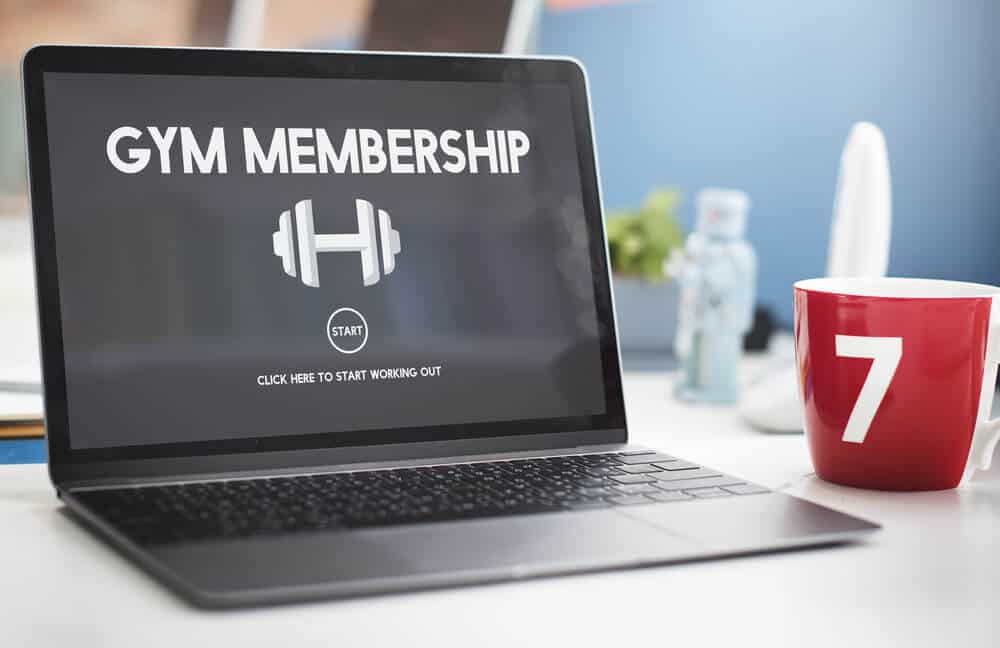
Everything You Need to Know About SEO for Gyms
Fitness center and gym owners can’t rely on foot traffic alone to grow their business. They need a website promoting their services and increasing traffic to their local site – and search engine optimization (SEO) is crucial to increasing traffic. This guide will help you get started on SEO for gyms, giving you the following:
- Why SEO for gyms matter
- Steps to create an optimized website
- Why adding high-quality content matters
Are you curious about how SEO can boost traffic and increase rankings for your gym or fitness center?
Why SEO for Gyms Matter

Gyms and fitness centers belong to a very competitive industry, the fitness industry. If you have a local gym, you’re likely bothered about the fitness center across the street or the supercenter at the mall. Do they have the latest treadmill model? Do they offer Pilates? Do they seem to offer more than your gym does?
How do you stand out from other businesses that offer the same services? The answer is search engine optimization or SEO. With a website optimized for searches and keywords, you can target people looking for your services and grow your fitness brand.
SEO for gyms matters for your business for the reasons below.
1. Rank Your Website
SEO uses strategies to promote your site's ranking on search engine results. There are many kinds of SEO: on-page, off-page, technical, and local SEO.
On-page SEO means improving elements on your website. About a third of polled SEO experts in 2021 said on-page elements are the most important ranking factors. That means you must enhance your site content, headings, title tags, meta descriptions, visuals, and site speed, which are only a few of the on-page elements.
Meanwhile, off-page SEO involves strategies you do outside your site. Activities like brand mentions, guest posting, social networking, influencer outreach, and blog commenting are examples of off-page SEO.
Technical SEO centers on improving your site’s overall technical elements so that search engines can crawl and index your pages more efficiently. Website creation, XML site mapping, enhancing mobile friendliness, and checking broken links are examples of the technical SEO activities you need.
Those searching your keywords can easily find you in the search engine results pages (SERPs) if you optimize your site for search engines.
2. Helping You Thrive in the Competition
Before starting your SEO campaign, research your customers and competition. Use keyword research tools to find your target customers and competitors' top keywords. Applying SEO for gyms by leveraging these keywords can help you compete and gain a chance to get a larger chunk of the fitness industry market.
You can also benchmark your site's data with Google Analytics or other similar tools. Compare your performance to competitors by location, channels, and devices. Google Analytics shows competitor behavior reports. With such data, you can create better and more effective digital marketing strategies to compete in the market effectively.
3. Giving Your Audience What They Want
Getting your target audience to engage on your site is your goal. But to do this, you need to know what your audience wants. Start with understanding the search intent of people who type your target keywords on search engines. For instance, ask yourself why they are searching for the “most effective gym equipment for fast bodybuilding” and what they want to know about it.
The easiest way to do this is by searching for the keywords yourself. When you do so, pay attention to the pages at the top of the SERPs. Because those sites were ranked high up by Google, the search engine sees those sites as relevant to the search query. That means they are giving the audience what the audience wants. They are addressing the search intent for the keyword.
Explore these pages' content to know what your audience wants. Then build your SEO strategy using your new understanding. Meeting your audience’s intent for a keyword search helps you give them a meaningful user experience.
4. Using the Right Keywords
SEO for gyms involves leveraging keywords that match your target audience’s searches. Using the right keywords can help your target audience find your business online much more easily. These keywords also tell Google and other search engines about your business. Search engines can index your site and retrieve it as soon as someone uses your target keywords in a search.
When deciding on keywords to use, consider the ones closest to what your target audience uses. Consider also keywords that match regular conversations since voice searches are now popular. Specific phrases like "Fitness center near me" and "San Diego 24-hour gym" are much better than broader terms.
5. Optimizing for Local Searches
Your website can rank higher with local SEO. Create your Google My Business profile and claim your free business listing from Google. Apply SEO for gyms on your profiles by ensuring you input your complete details like business name, address, phone number, website URL, and hours of operation.
GMB also showcases photos, so upload photos of your gym and customers to optimize your profile. Encourage your customers to write a review of your business on GMB. Respond to these reviews as much as possible too. An optimized profile is easier for people looking for gyms in your area to find.
Steps To Pay Attention to in SEO for Gyms

It's easy to become overwhelmed with too much information when doing SEO for gyms. So create a plan and note the steps below for smoother optimization of your pages.
1. Create a Mobile-Friendly Website
A mobile-friendly site allows your users to easily interact or engage with your fitness brand across different mobile devices. You’ll experience higher conversion rates because your customers can easily access your content thanks to your mobile-friendly site design.
2. Improve Authority in the Fitness or Healthcare Industry
There are many ways to showcase your expertise in the fitness or healthcare industry. Build link-worthy, top-quality content. Create content your customers will appreciate by writing about fitness routines, nutrition, weight loss, and more.
Don't stick to text or blogs. Enhance your content with photos, videos, infographics, comparison charts, quizzes, podcasts, and much more. Be sure to secure quality backlinks from fitness or health care authority sites. All these strategies will tell Google that you have a great site that deserves the highest spot on SERPs.
3. Develop a User-Friendly Website
Simple things matter when capitalizing on SEO for gyms to enhance user experience. Be sure to use quality, relevant images, keep your contact details consistent and use engaging headlines. Try the more complex strategies like improving website speed, enhancing website design, and overhauling your content.
4. Regularly Add High-Quality Content
Your audience will appreciate consistency in your content creation. It’s not just about regularly publishing new content but about creating well-crafted, reliable, and relevant posts. Blogs are good, but adding case studies, statistics, or research would help greatly. These content types are worth sharing and linking to. As such, they can boost your site’s SERPs ranking.
Summing Up
With SEO for gyms, you can showcase your expertise in fitness and health. People searching for gyms are not just looking for any local business. They also search for brands they trust to help them achieve their fitness goals.
Do you want to know more about how SEO can help gyms and fitness centers? Contact us so we can get started.
Want To Meet Our Expert Team?
Book a meeting directly here




